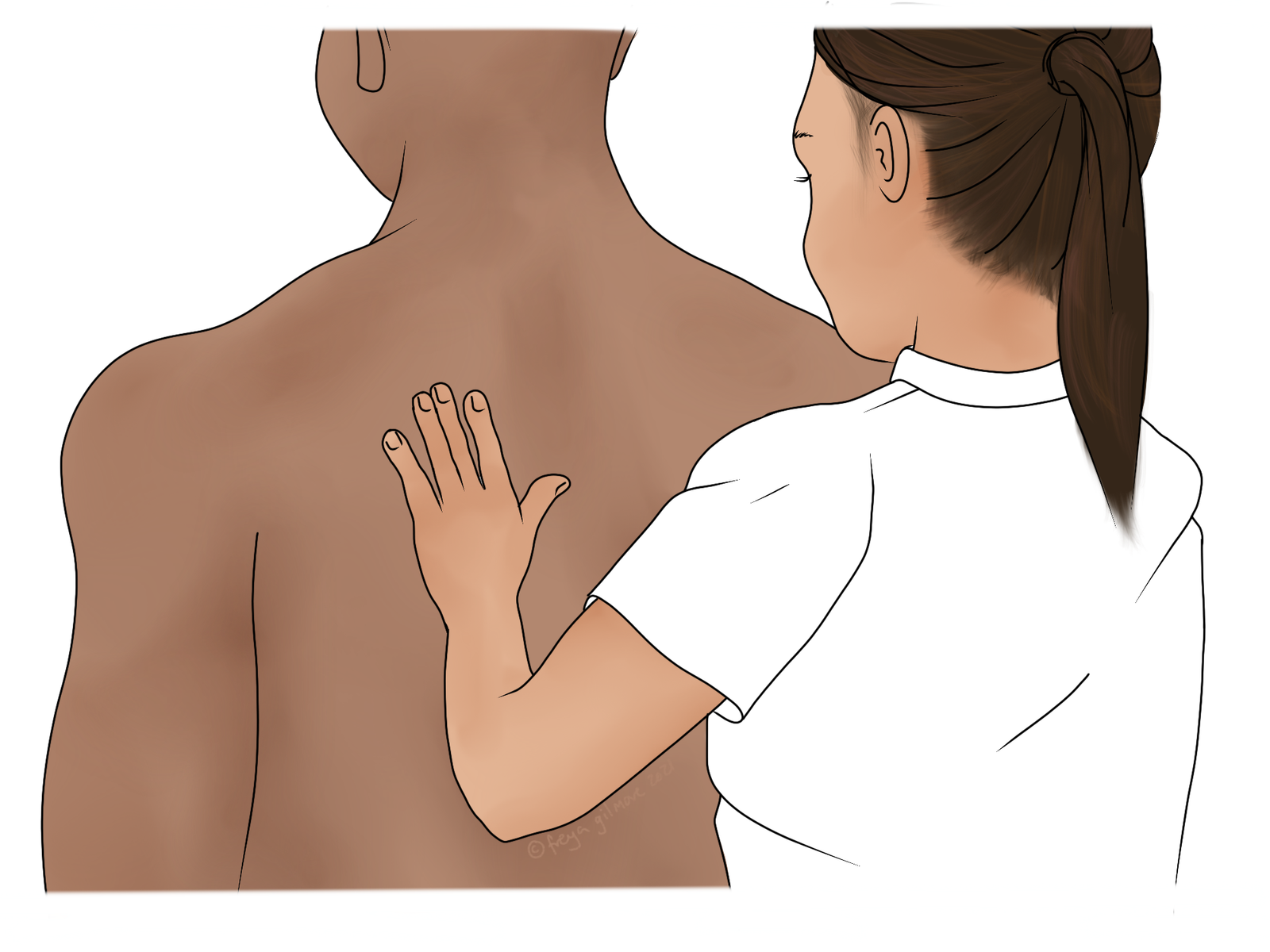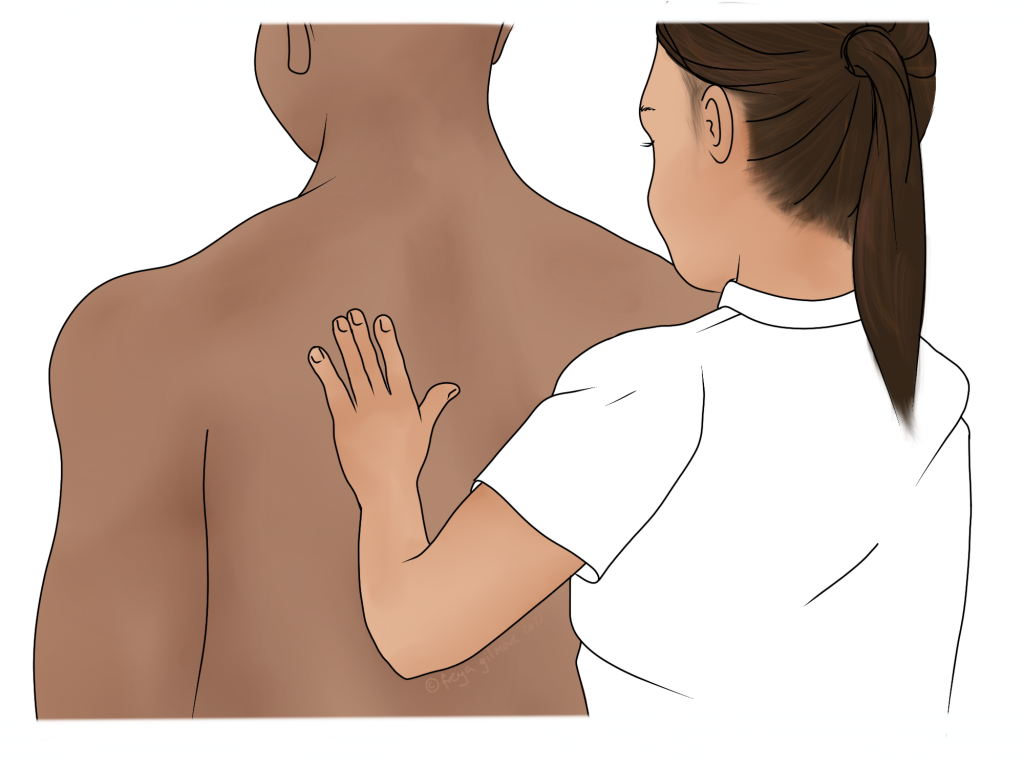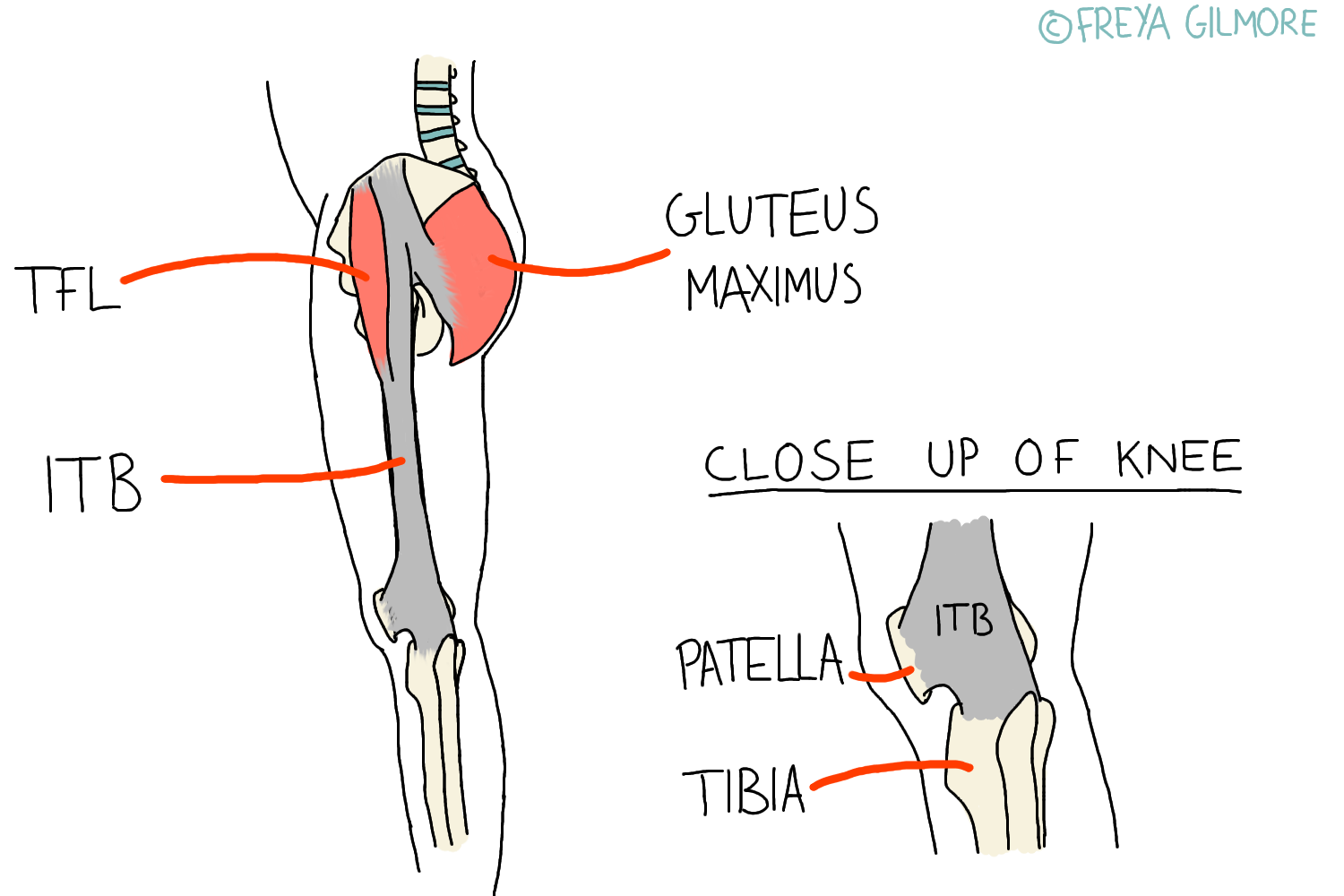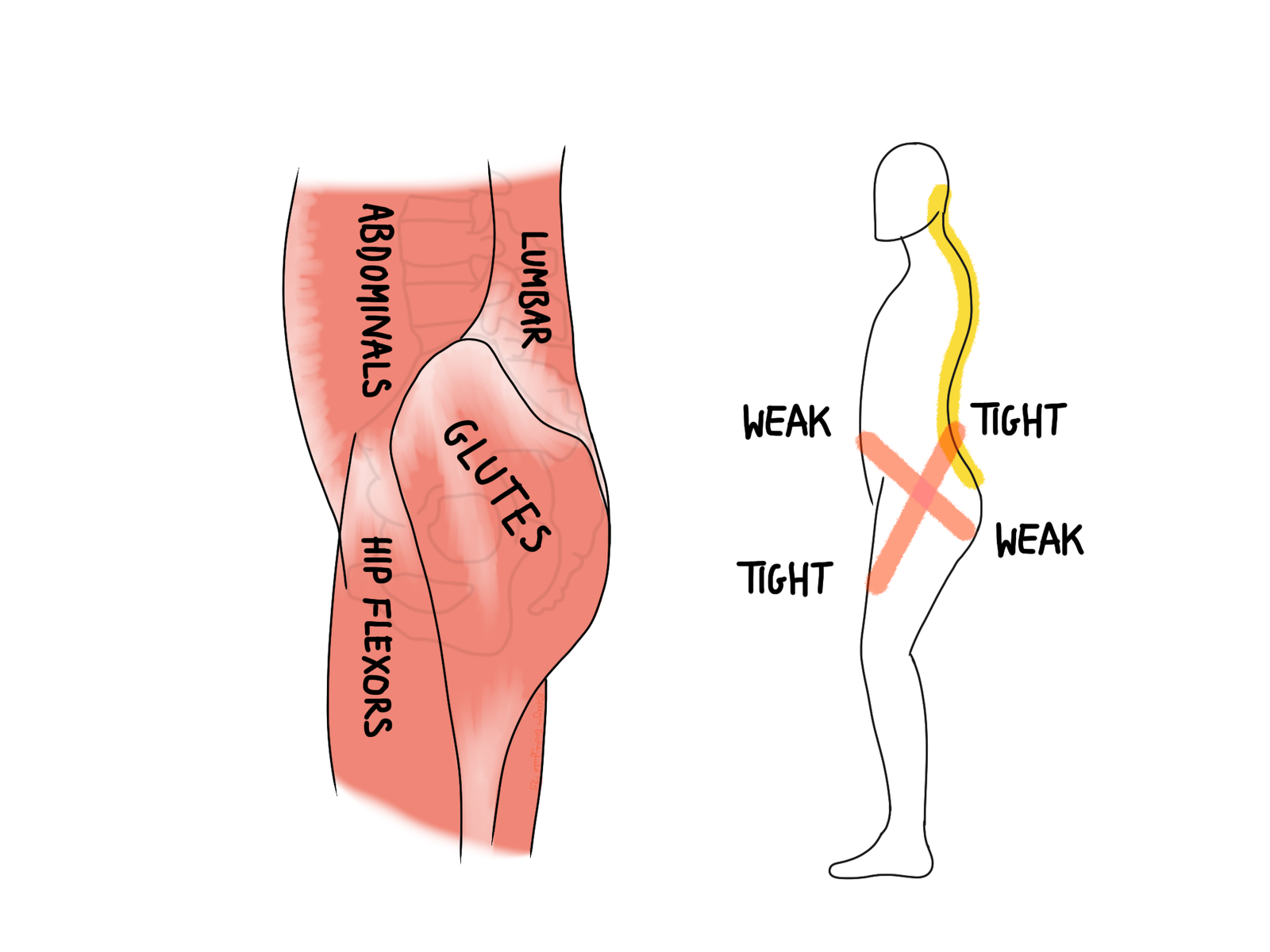The IT band is a band of tissue that runs down the side of the…

What Is An Osteopath?
An Osteopath is someone who has studied the body in depth, and completed at least 1000 hours in clinic before qualifying. We sit somewhere on the spectrum of physiotherapists and chiropractors, but each osteopath will work slightly differently.
Osteopathy has been in the UK for just over 100 years. Its roots come from “bone-setting”, but we’ve come a long way since then! Despite the emphasis on bones in the name, we treat the body as a whole, working on joints alongside muscles, ligaments, nerves, and beyond. We are holistic, and think about the way the mind affects the body during assessment and treatment. Stress is a good example of how the body and mind are linked. It’s a common misconception that we just treat back pain too. We can help from head to toe.
The profession is regulated. In order to legally call yourself an osteopath in the UK, you must hold a recognised qualification and maintain your knowledge. The General Osteopathic Council monitors this, and you can see the register yourself here.
What to Expect at Your First Appointment
Your osteopath will take a detailed case history at your first appointment. This includes systemic health questions as other body systems can play a role in the health of the musculoskeletal system. This also helps us identify cases that are a bit more complicated. For example, learning that someone has inflammatory bowel disease might lead us to consider more rheumatological conditions, as the two can be linked. We also need to know that you are safe to treat, so the history is an opportunity to scan for red flags.
From the history, your osteopath will have a few ideas of what might be going on. In order to test these theories, it may be necessary for you to undress down to your underwear. You may be more comfortable to arrive with loose clothing or shorts and a vest or sports bra (if applicable) underneath. Bear in mind that sometimes the root cause of a problem is not in the same area as the symptoms, so be prepared to undress any area.
Your osteopath will then examine you. This will likely involve you performing some movements as explained by your osteopath. They may then repeat the movements with you sitting or laying on the plinth. In addition to these, there may be some special tests to help with diagnosis. Once they have a diagnosis for you, treatment can begin.
Treatment with an Osteopath
Treatment is hands on: you can expect your osteopath to work through joints and soft tissues. Joint work could be gentle and slow or may involve things like manipulations, where a joint is “clicked”. Nothing will be done without your consent, and if one particular treatment does not appeal to you, your osteopath will have an alternative. Soft tissue work could mean massage, resisted exercises, or things like acupuncture.
Osteopathy is built on a number of principles. One example is “the body has its own medicine chest”. This alludes to the body’s innate ability to heal itself, and highlights your osteopaths role in helping you get to a point where you can heal yourself. We want to encourage your independence, so will usually give you something to do at home. Research often proves exercises to improve the outcome from various conditions versus treatment alone.
Click here to book in with your local osteopath in Farnborough.




